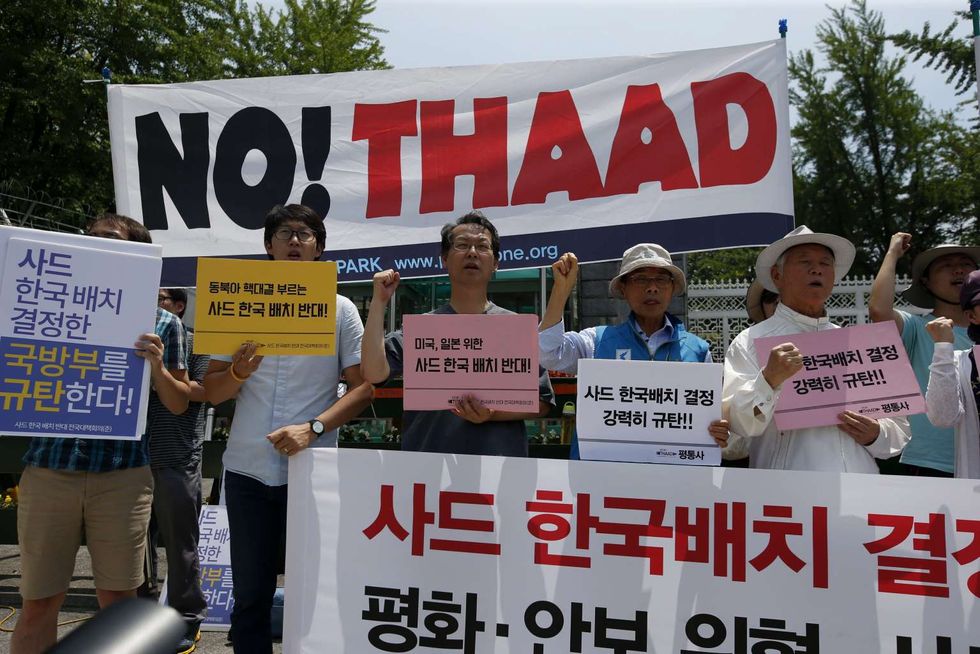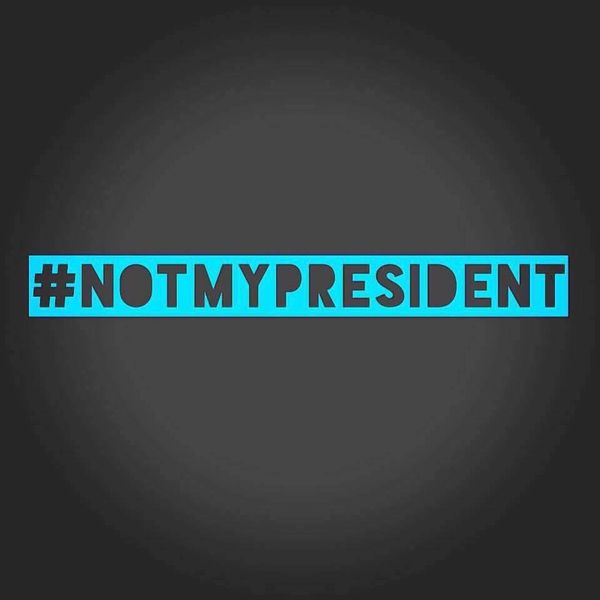THAAD is an acronym for Terminal High Altitude Area Defense. Made by Lockheed Martin (a U.S. weapons firm), it is used to surveil missile activities of neighboring countries, detect incoming missiles, and intercept missiles mid air. In July 2016, the United States Federal Government announced plans to deploy the defense system in Seongju, South Korea. The deployment of THAAD in South Korea is supposedly to protect the South from Kim Jon Un's regime in North Korea. Such claims are far from the truth.
The THAAD system was built and designed for altitudes higher than 45 kilometers. The North Korean missiles that would be used against South Korea are short-range missiles (which would fly much below 45 kilometers). By that fact alone, it is rather obvious that THAAD loses all of its "intended" purpose. However, even if there wasn't such a discrepancy, the system itself is the least effective radar the U.S. could've possibly chosen. According to MIT professor Ted Postol, the infrared seekers on the interceptors are easily fooled by decoys; if fake missiles were to be launched with a real one, the THAAD system would easily fall for its trick and have difficulty honing in on the real missile. Such a probability is only strengthened by the number of blind spots on THAAD; its radar can only cover 120 degrees at a time. If North Korea were to launch a submarine-launched ballistic missile from any point outside of THAAD's range, there would not even be an opportunity to intercept the missile. And according to the Center for Arms Control and Non-proliferation, THAAD was initially proven unsuccessful due to its six test failures in the 1990s; it was only successfully intercepted after it passed tests that were specifically scripted to maximize its success rate.
Despite its ineffectiveness, one THAAD unit costs 1.3 billion U.S. dollars for its production. With additional annual operating costs, the total would amount to close to 22 million dollars. As of this year, the Trump administration has publicly stated that South Korea would have to pay for the project. From the "wall," to this, the Trump administration continues to misunderstand the role they play in international policy.
The THAAD deployment in Seongju is not unique to South Korea. The U.S. has installed missile defense systems installed all over Eastern Europe and Asia. Their locations highlight their true purpose: creating a network surrounding China and Russia. The location in South Korea would expand the U.S.' field of vision for spying on Chinese missile activity. For obvious reasons, China has been strongly opposed to THAAD. Under current circumstances, if a direct conflict were to arise between China and the U.S., it would put South Korea in the main line of fire. It is not unlikely that China's first target for a nuclear strike could be the THAAD radar in Seongju.
Over the past couple months, Soseong-ri (the small village in Seongju) has become the center of a fight that could shape U.S.-Korea relations under the new Korean government. With people from all parts of South Korea frequently gathering here to protest the deployment of THAAD, it has become a region of great unrest. The controversy continues to grow as new images surface online of elderly women holding up posters that read "Illegal THAAD, back to U.S.!"; they march on... leaning on walking sticks for support.

















